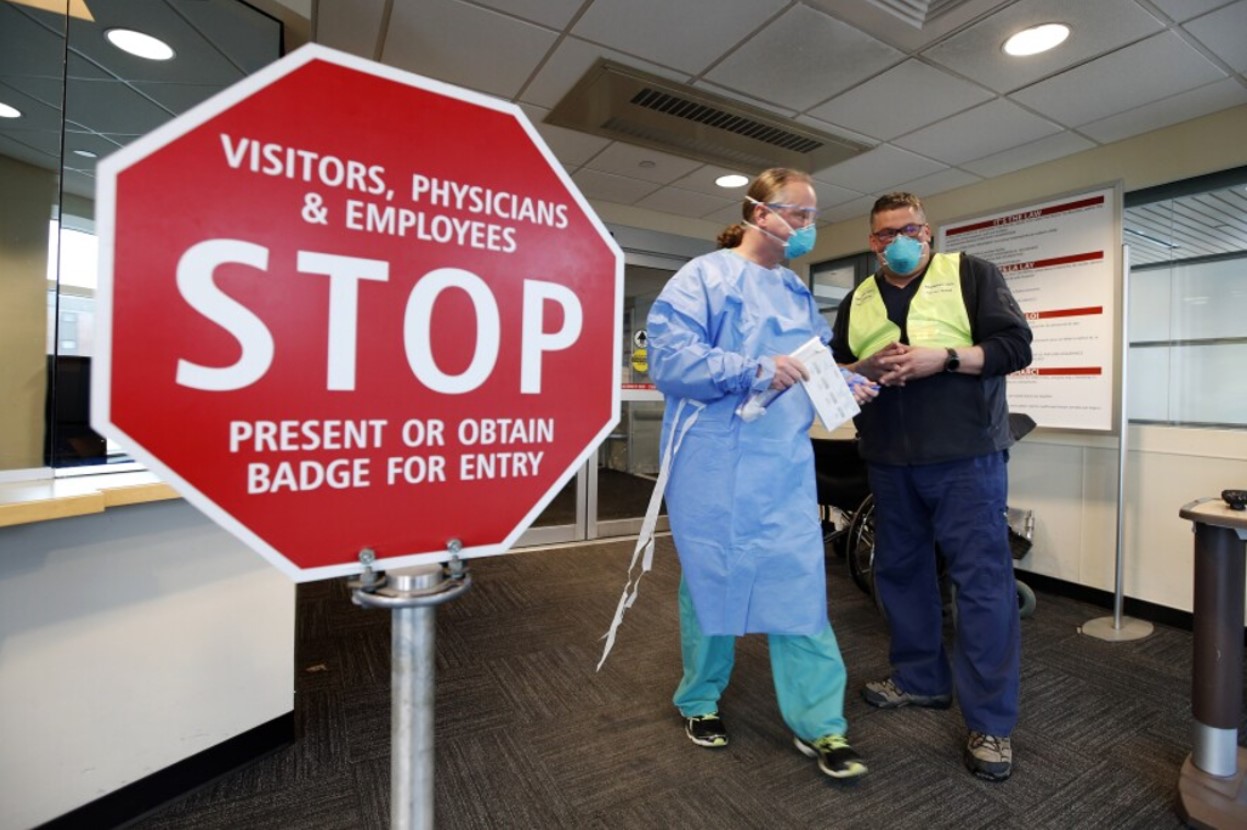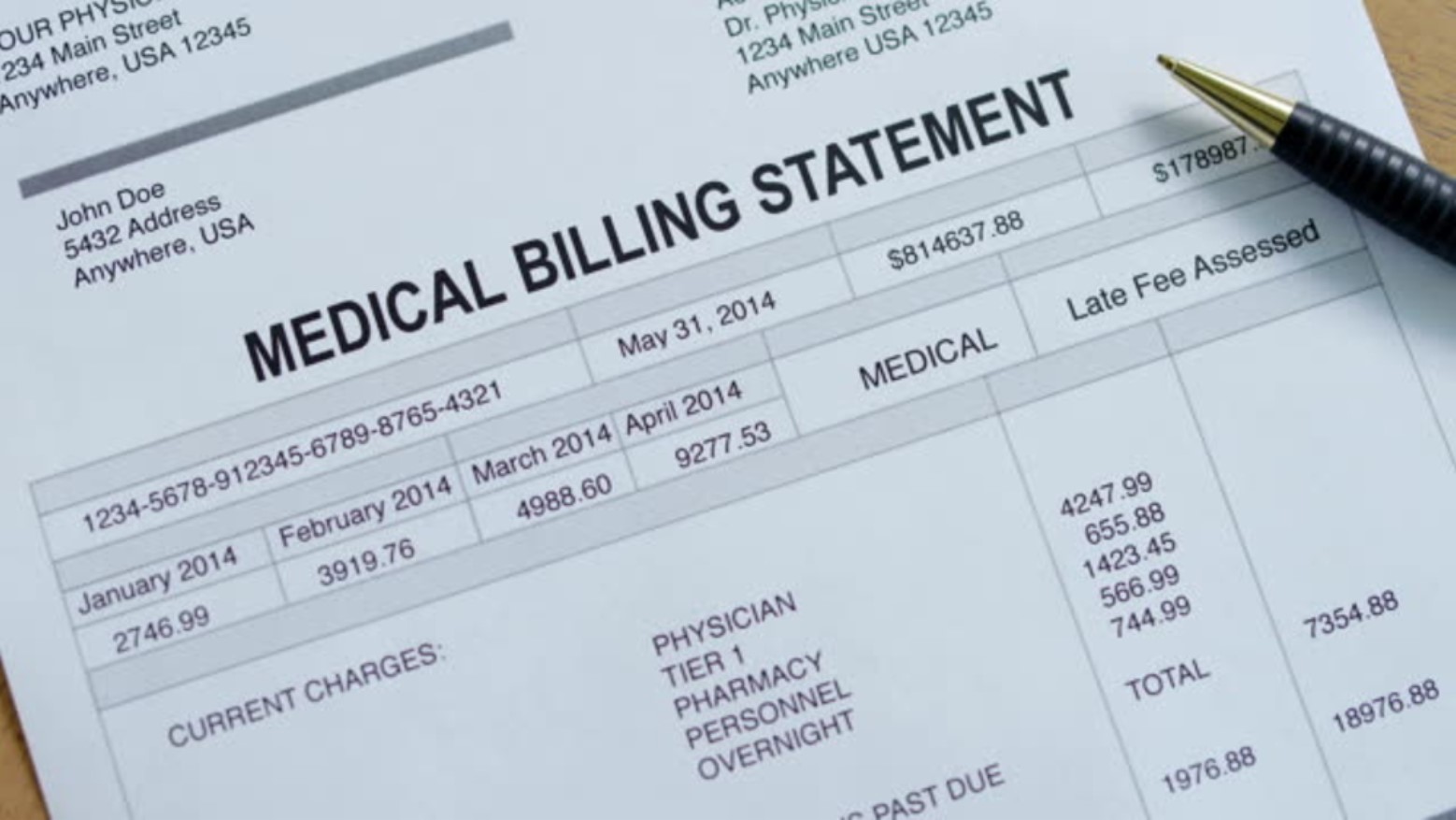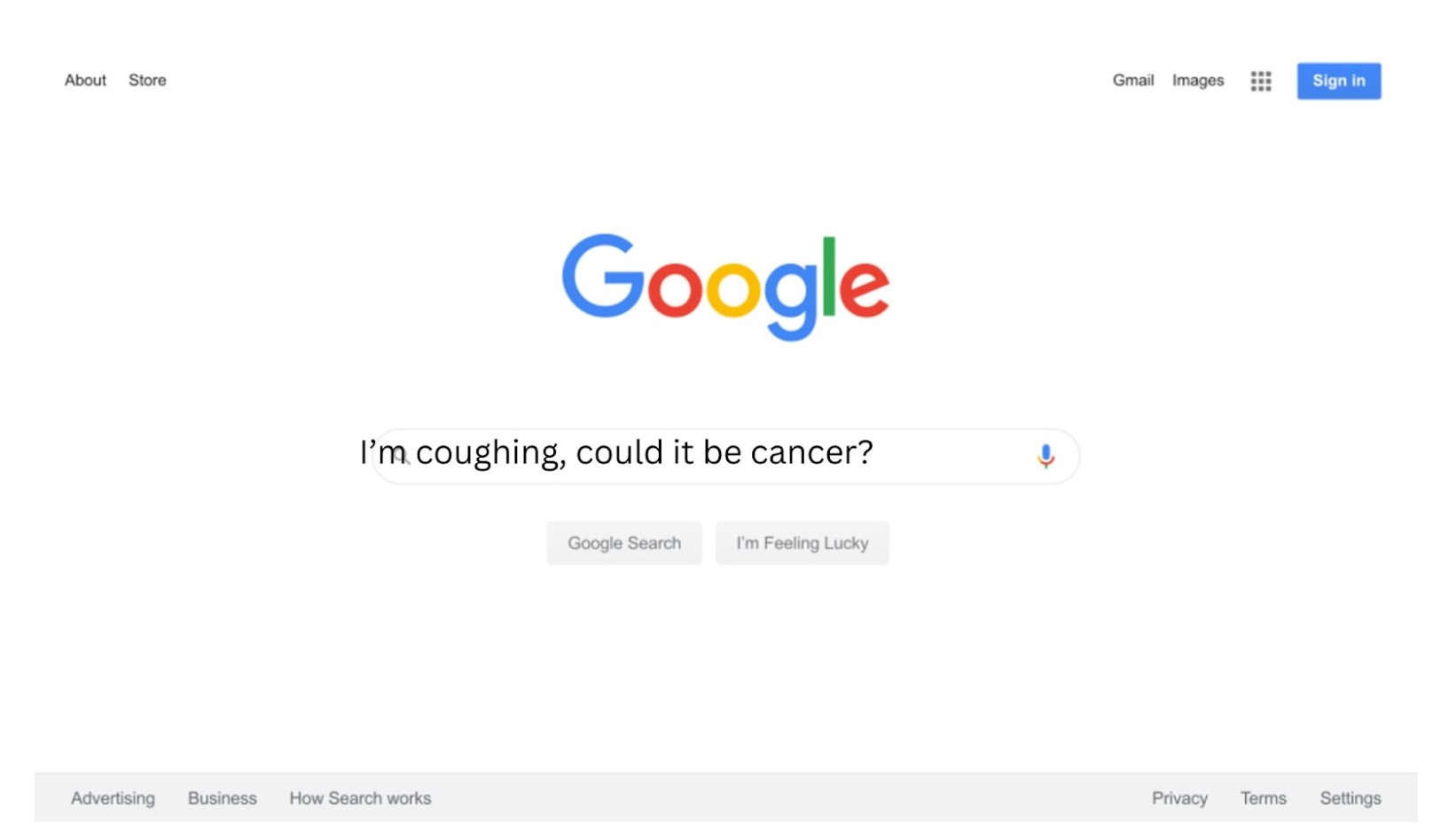Since the COVD-19 pandemic, emailing has become a far more popular method of communication between patients and doctors for basic or even extensive questions and answers.
But it has become so common that doctors are now feeling overwhelmed by the sheer number of inquiries in their inboxes. And, for the first time, hundreds of doctors have started billing patients for the online correspondence.
The Emergence of Telehealth

When the COVID-19 pandemic took over the world, people were not only afraid to go to a doctor’s office or hospital but also instructed not to do so by the government unless they were extremely unwell.
Consequently, people began emailing their doctors with medical questions from the safety of their home, which led to the emergence of telehealth communication.
The Pandemic Is Over, But People Are Still Regularly Emailing Their Doctors

Even though the lockdown has been lifted and the pandemic is all but over, people around the world, but especially in the United States, have continued to use email as a convenient and safe way to contact their doctors for medical advice.
However, it’s become apparent that this form of communication is wearing on doctors who simply don’t have the time to treat their in-person patients, complete all the necessary paperwork, and reply to the hundreds of emails filling their inboxes.
Many Hospitals Have Decided to Charge Patients Per Email

In order to ensure the doctors are compensated fairly for time spent returning emails, many hospitals and doctors with private practices have started charging their patients per email.
According to NewsNation, telehealth emails can now cost a patient anywhere between $3 and $100, depending on the hospital or doctor’s policy and their insurance coverage.
Medicare Patients Will Only Be Charged $3 Per Email

For those Americans on Medicare, a standard visit to the doctor can cost anywhere from $65 to $300 dollars, depending on the specific coverage, age, and what’s covered in the visit.
However, as of February 2024, those with Medicare only need to pay $3 per email, so it is still significantly more affordable to send in a few questions over the internet as opposed to making an appointment.
Telehealth Is Considered by Many to Be a Great New Method of Care

Realistically, no matter what kind of insurance or even lack there of a person has, an email will absolutely still be cheaper than a visit. So, as long as patients are asking all their questions at once, it’s both more convenient and affordable to email.
Many medical professionals are arguing that even with the new charge for online correspondence, telehealth is absolutely a positive for both patients and doctors.
Increased Access for All

Some patients simply cannot get themselves to a doctor’s office when they need to and others don’t go because they’re worried about the cost. But with telehealth, everyone can reach out for help when they need it.
LeTesha Montgomery, the senior vice president for system patient access at Houston Methodist explained, “[Telehealth has] really been a win-win for our physicians and our patients. So, it actually helped us increase access for our patients.”
Not Everyone Agrees That Charging Patients for Emails Is the Right Decision

On the other hand, there are many medical health professionals that disagree with the decision to charge for telehealth communication.
They argue that billing patients will decrease their incentive to reach out online, either because they simply cannot afford it or they don’t want to pay for such basic or inconclusive care.
For Many Americans, Every Dollar Counts

For the majority of Americans, every dollar counts these days, so instead of spending $20 on an email, many patients may decide to spend little more and actually visit the doctor if they have questions or concerns.
However, an increase in doctor’s visits could lead to longer wait times for everyone, as well as longer work days for doctors, and even higher chances of infection among those who are already under the weather.
Some Patients Will Choose to Neither Email or Visit

Additionally, there will be a percentage of people who decide they don’t want to pay to email their doctor, but they also won’t go in for a visit, either because they don’t want to or they physically can’t.
Founder of a Massachusetts healthcare advocacy non-profit, Cynthia Fisher, noted that the new billing for emails plan creates, “A barrier that denies access and will result in hesitancy or fear to communicate and potentially harm patients with lower quality of care and outcomes at a much higher cost.”
Online Medical Advice Is Usually More Harmful Than It Is Helpful

Fisher also explained that these patients who have been emailing their doctors with concerns are now far more likely to try to self diagnose via the internet.
And as every medical professional will attest to, online medical advice is unreliable and even dangerous. Fisher told the Associated Press, “It becomes a slippery slope, and that slippery slope is not in favor of the patient.”
What’s Next for Telehealth?

Hospitals, doctors, government programs, and insurance agencies all around the country are still trying to find the best possible plan for the future of telehealth for both the medical professionals and the patients.
For now, it seems that charging per email will continue, though if it proves to cause more harm than good, the system may be adjusted in the near future.








































